Electric Guitar
1950 – Present
Origin: Fullerton, CA
Keith Richards. Bruce Springsteen. Chrissie Hynde. Joe Strummer. You’d probably still recognize them without a Fender Telecaster in their hands, but each would look off-kilter playing anything else. What is it about this instrument –– the most successful mass-produced electric guitar in history –– that has made these iconic artists, and scores of other players, such stalwart devotees across the decades?
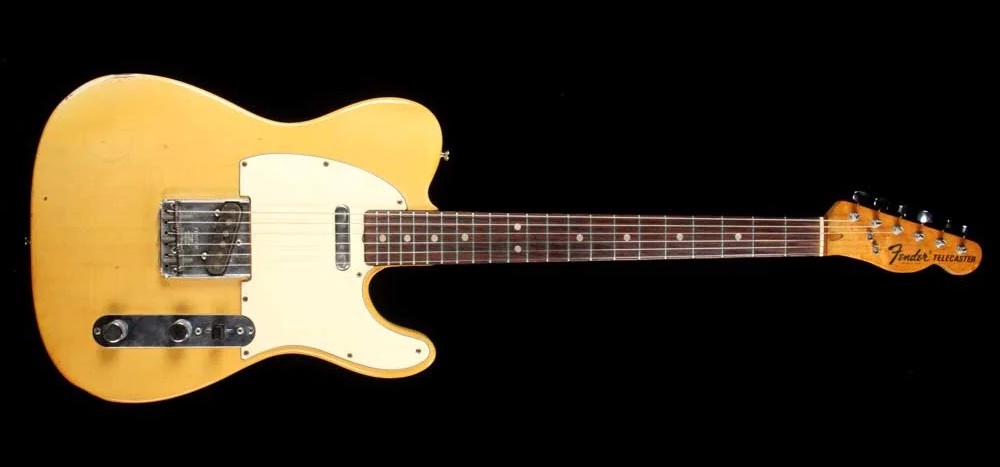
Leo Fender created the prototype of a thin, solid-body electric guitar In 1948. The initial one-pickup version was released in 1950 as the Esquire; when a second pickup was added in 1951, the instrument was renamed the Broadcaster. The Gretsch company was already using “Broadkaster” for its flagship drum set, however, so for a few months, Fender shipped the guitar without any headstock label at all. (This model is now cheekily known as “the Nocaster.”) Fender finally adopted the Telecaster moniker in late 1951, playing off of the growing popularity of that then-futuristic invention, television.
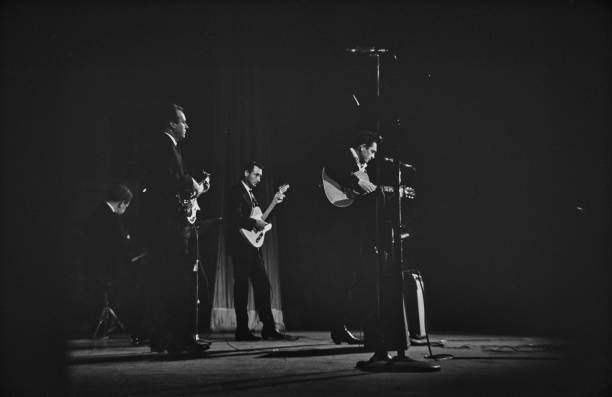
The first guitarists drawn to the Tele were the western swing players located near Fender’s Southern California factory. These artists were looking for one thing –– volume –– and the Telecaster was heaven-sent. Its solid-body design greatly reduced the feedback concerns that nagged its hollow-bodied forerunners, giving guitarists the freedom to finally turn up their amplifiers, and its bright, cutting tones were perfect for country, jazz and the new, raucous rock and roll sound. Moreover, the Telecaster was both readily available and affordable, and though some onlookers mocked the instrument’s resemblance to a boat paddle or snow shovel, many more gravitated to its durability and wide-ranging tonal possibilities.
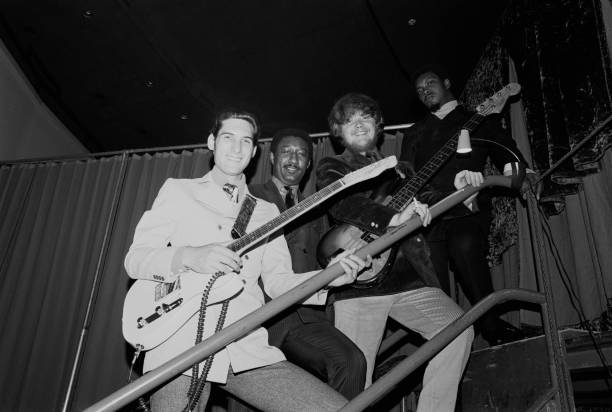
Telecasters were also different in a number of other respects. Broken guitar neck? No problem. Unlike earlier incarnations made entirely from one piece of wood, Telecaster necks were bolted on, allowing for quick and easy replacement. The guitar’s pickup selector had an interesting quirk of its own: in addition to its three standard positions (neck pickup only, neck and bridge pickups, bridge pickup only), players soon discovered that positioning the switch between selections resulted in enticing out-of-phase tones (an effect produced by the dueling pickup signals, which canceled out certain frequencies). Cosmetically, all six tuning machines were located on the top side of the headstock, which differed from the usual three-to-a-side layout –– a flourish Leo Fender borrowed from 19th-century Istrian folk guitars and models designed during that same time by the great Viennese luthier, Johann George Stauffer.
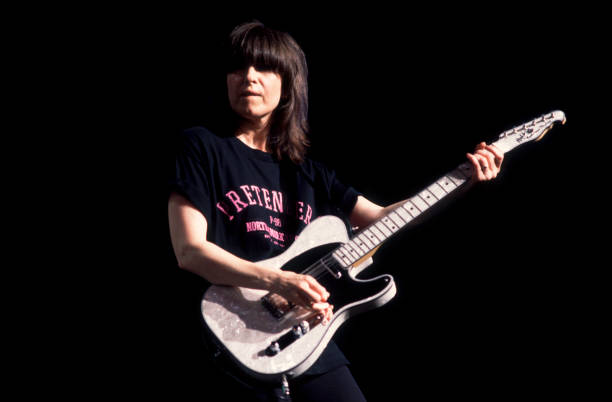
In 1957, swamp-rock pioneer Dale Hawkins hit it big with “Susie Q,” widely considered the first Telecaster-driven Top 40 single. Its hypnotic guitar riff was played by a young James Burton, who would later sling his axe behind Elvis Presley, Ricky Nelson and Gram Parsons. Isolate the first guitar stem on Burton’s instrumental version of Tony Joe White’s “Polk Salad Annie” at the 0:08 mark to highlight the Telecaster’s signature twang; amplifier-produced overdrive demonstrates the instrument’s versatility and creates the nasty lead tone heard at 0:22 (second guitar stem).
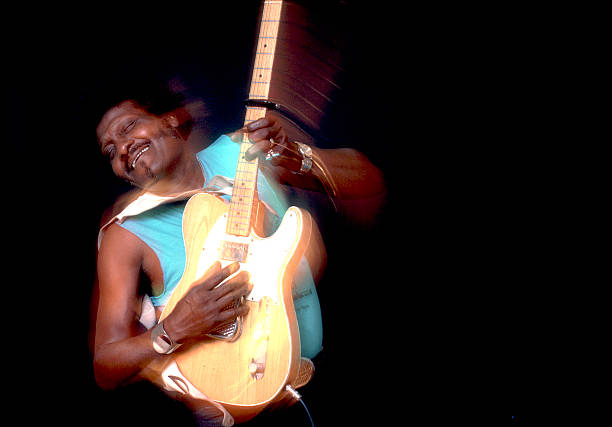
Country guitarists were also drawn to the Telecaster’s plucky brightness, and in time its tone became foundational to the entire genre. The second stem in this latter-day version of Johnny Cash’s classic “Folsom Prison Blues,” played by guitarist Bob Wootton, is a classic example of the Tele’s iconic country twang: country players like Wootton often pick the strings closer to the bridge to produce a unique brightness –– just a bit of reverb, and they’re good to go.
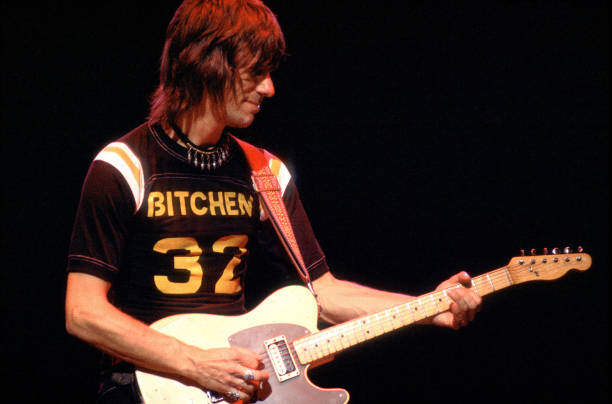
The Telecaster’s unique and versatile tone would go on to wend its way through the searing intensity of blues legend Albert Collins (a.k.a. “The Master of the Telecaster”), the shimmering chords of the Police’s Andy Summers, the soundscapes of Radiohead’s Jonny Greenwood and the marauding metal of Slipknot’s Jim Root. Signature models for illustrious players such as Merle Haggard, Robert Cray, Eric Clapton, Jeff Beck and Jason Isbell further cemented the Telecaster’s place as one of the most enduring instruments in popular music history.
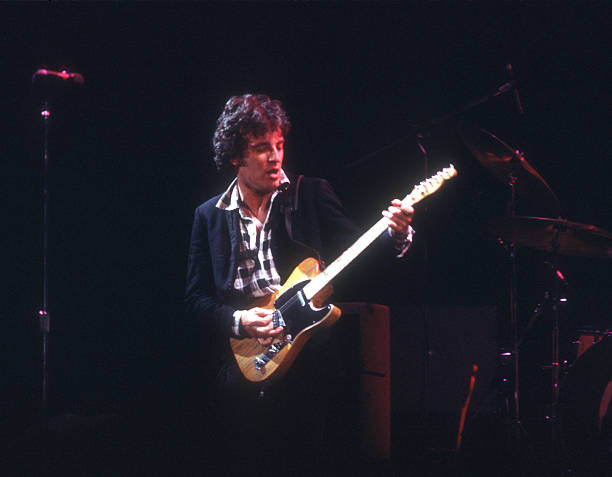
Below are a selection of songs in KORD that feature the Telecaster:
- Polk Salad Annie
- Drift Away
- Folsom Prison Blues
- /songs/5aI5a552b8e
- Tones of Home
- I Can't Get Next To You
- I Heard It Through the Grapevine






